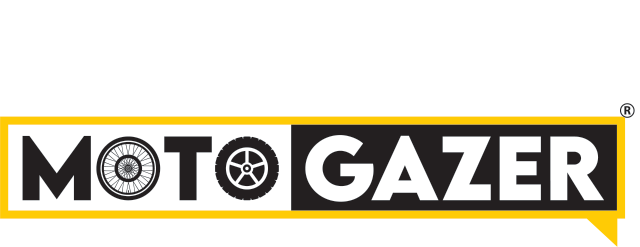The government runs the E20 Ethanol Blending Program as one of India’s major initiatives under the National Policy on Biofuels 2018, which it revised in 2022. This ambitious program aims to improve air quality, provide farmers with a stable income, and reduce the nation’s reliance on imports of fossil fuels.
Bajaj Hindusthan Sugar Ltd. (BHSL) stands as India’s top ethanol producer and the nation’s largest integrated sugar and ethanol manufacturing corporation. According to the India Biotech Handbook 2024, India is the third-largest producer of ethanol in the world. The summary below highlights the current situation, government actions, and important information for car owners.
Current Status of E20 in India
India has achieved the target of E20 (20% ethanol) blending in 2025, five years ahead of the initial 2030 goal. Payments for the purchase of ethanol have exceeded Rs 1.20 lakh crore, and there have been notable foreign exchange savings of about Rs 1.44 lakh crore during 2014-15.
Government Actions and Policies on Ethanol Blending
The Indian government is firm in its support of ethanol mixing. The government took a number of significant policy actions in response to this accelerated timeline.
Policy & Price Incentives:
GST on blended ethanol was lowered to 5%. In 2024–2025, the government increased the purchase costs for ethanol made from molasses (C-Heavy Molasses). Ensured consistent demand of Contracts for long-term offtake with ethanol facilities.
Minister of Petroleum and Natural Gas of India Hardeep Singh Puri has continuously supported the program, emphasizing its advantages for environmental sustainability, rural economic growth, and energy security. But there have been difficulties with the quick growth, especially for the sugar business, which has expressed worries about static ethanol prices and a change in policy priorities toward grain-based output.
Is It Safe to Use E20 Fuel in Cars?
There is a lot of controversy going on about if E20 is safe to use and how it will affect engine health and mileage. The government and auto industry have presented a united front to ease these concerns.
Vehicle Compatibility: All of the new models from major automakers like Tata Motors, Hyundai, Mahindra, and Maruti Suzuki are E20-ready. Under normal operating conditions, government agencies (ARAI, IIP, and R&D wings) have evaluated E20 and discovered no significant damage in either new or used vehicles.
Decrease in performance and fuel efficiency: E20 gasoline is safe, according to the Ministry of Petroleum and Natural Gas and organizations like the Society of Indian Automobile Manufacturers (SIAM) and the Automotive Research Association of India (ARAI).But Yes, a tiny drop is present. The reduction is roughly 1% to 2% for cars built for ethanol blends (or improved engines). Further, experts have noted that older and non-optimized automobiles show a 3–6% decrease in mileage.
Issues with warranties and insurance
The government has clarified that using E20 does not make insurance worthless. The car’s build or E20 rating determines warranty difficulties. The government admitted that older cars not built for higher ethanol ratios may face long-term problems, such as the deterioration of specific rubber components or gaskets. Mechanics can fix those problems with reasonably priced replacements during regular maintenance. Automakers use ethanol-compatible materials in contemporary cars. Regulatory bodies, BIS, and the automotive sector are also updating standards.
Challenges & Things to Watch
Problems with the legacy vehicle fleet: India has a large number of outdated or non-E20-rated vehicles. Moreover, it is crucial to maintain gasoline supply quality between states, ensure compatibility, and communicate clearly.
Changes in feedstock supply:
The availability of sugarcane is seasonal, depending on grains and rice is beneficial but has its own set of price and agricultural issues.
Ethanol prices and producer profits:
Due to increasing expenses and insufficient ethanol returns, certain sugar mills are requesting updated procurement prices.
Conclusion on E20 ethanol blending
Overall, India has seen significant and provable advancements in the blending of ethanol in gasoline. Ethanol blending is almost common and no longer just a policy goal. By increasing costs, broadening their sources, and advancing their goals, policymakers have demonstrated their willingness to step in. Blended fuel is lowering emissions, supporting farmers, and reducing reliance on imports. Thanks to its growing strategic, economic, and environmental advantages. Even while E20 isn’t flawless, it seems like a sensible and safe move for the nation’s fuel future with the possibility of future expansion to even higher blending levels.


